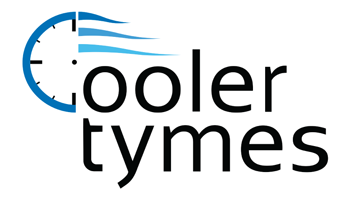
We spend a lot of time indoors. In reality, the Environmental Protection Agency (EPA) has determined being inside makes up 90% of our schedule. Having said that, the EPA also has determined your indoor air can be three to five times worse than outdoors.
That’s because our houses are firmly sealed to increase energy efficiency. While this is fantastic for your energy expenses, it’s not so great if you’re amid the 40% of the population with respiratory allergies.
When outdoors ventilation is insufficient, pollutants such as dust and volatile organic compounds (VOCs) may get stuck. As a consequence, these pollutants could irritate your allergies.
You can enhance your indoor air quality with crisp air and regular housework and vacuuming. But if you’re still having problems with symptoms while you’re at your house, an air purifier may be able to help.
While it can’t get rid of pollutants that have landed on your furnishings or flooring, it could help freshen the air traveling across your residence.
And air purification has also been scientifically proven to help lower some allergic symptoms, according to the American College of Allergy, Asthma and Immunology. It can also be useful if you or a family member has lung issues, like emphysema or COPD.
There are two kinds, a portable air purifier or a whole-home air purifier. We’ll discuss the advantages so you can determine what’s correct for your house.
Whole-House Air Purifier vs. Portable Air Purifiers
A portable air purifier is for one room. A whole-house air purifier works alongside your heating and cooling system to clean your complete residence. Some kinds can work on their own when your HVAC unit isn’t operating.
What’s the Best Air Purifier for Allergies?
Seek an option with a High Efficiency Particulate Air (HEPA) filter. HEPA filters are used in hospitals and provide the most comprehensive filtration you can buy, as they catch 99.97% of particles in the air.
HEPA filters are even more useful when combined with an ultraviolet (UV) germicidal light. This dynamic mixture can wipe out dust, dander, pollen and mold, all of which are general allergens. For the ultimate in air purification, consider a unit that also has a carbon-based filter to eliminate household odors.
Avoid getting an air purifier that generates ozone, which is the top component in smog. The EPA advises ozone could irritate respiratory troubles, even when released at minor concentrations.
The Allergy and Asthma Foundation of America has compiled a checklist of questions to think over when buying an air purifier.
- What can this purifier extract from the air? What doesn’t it remove?
- What’s its clean air delivery rate? (A better amount means air will be cleaned more rapidly.)
- How frequently does the filter or UV bulb need to be switched]? Can I finish that without help?
- How much do replacement filters or bulbs cost?
How to Reduce Seasonal Allergy Symptoms
Want to have the {top|most excellent|best] outcome from your new air purification equipment? The Mayo Clinic recommends completing other measures to decrease your exposure to things that can trigger seasonal allergies.
- Stay indoors and keep windows and doors sealed when pollen counts are heightened.
- Have other family members trim the lawn or pull weeds, since these tasks can worsen symptoms. If you are required to do these chores alone, consider using a pollen mask. You should also shower right away and put on new clothes once you’re finished.
- Avoid stringing up laundry outdoors.
- Turn on the AC while at home or while you’re on the road. Consider adding a high efficiency air filter in your residence’s home comfort system.
- Balance your home’s humidity levels with a whole-house dehumidifier.
- Hardwood, tile or linoleum are the best flooring types for reducing indoor allergens. If your residence has carpet, install a HEPA filter on your vacuum cleaner.
Let Our Pros Handle Your Indoor Air Quality Needs
Want to progress with adding a whole-house air purifier? Give our professionals a call at 623-208-6444 or contact us online to get an appointment. We’ll help you find the best system for your residence and budget.
